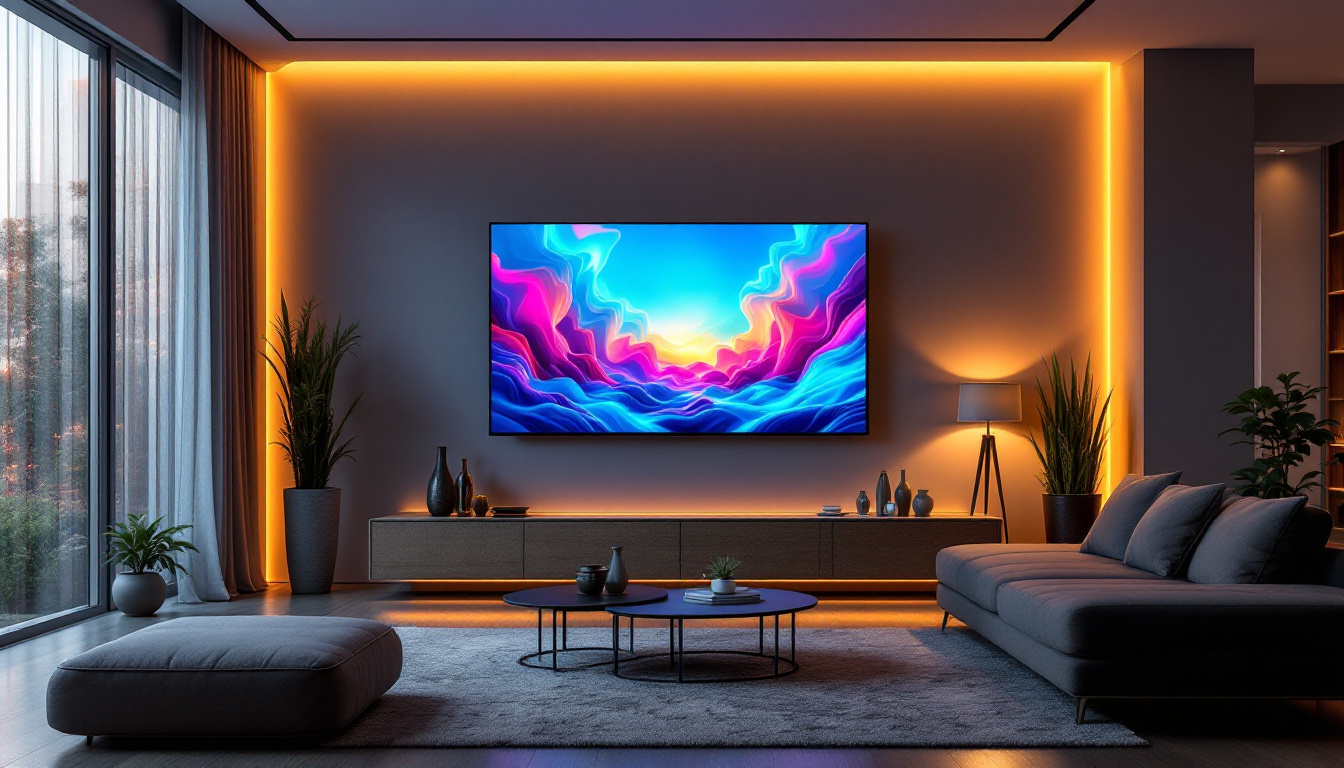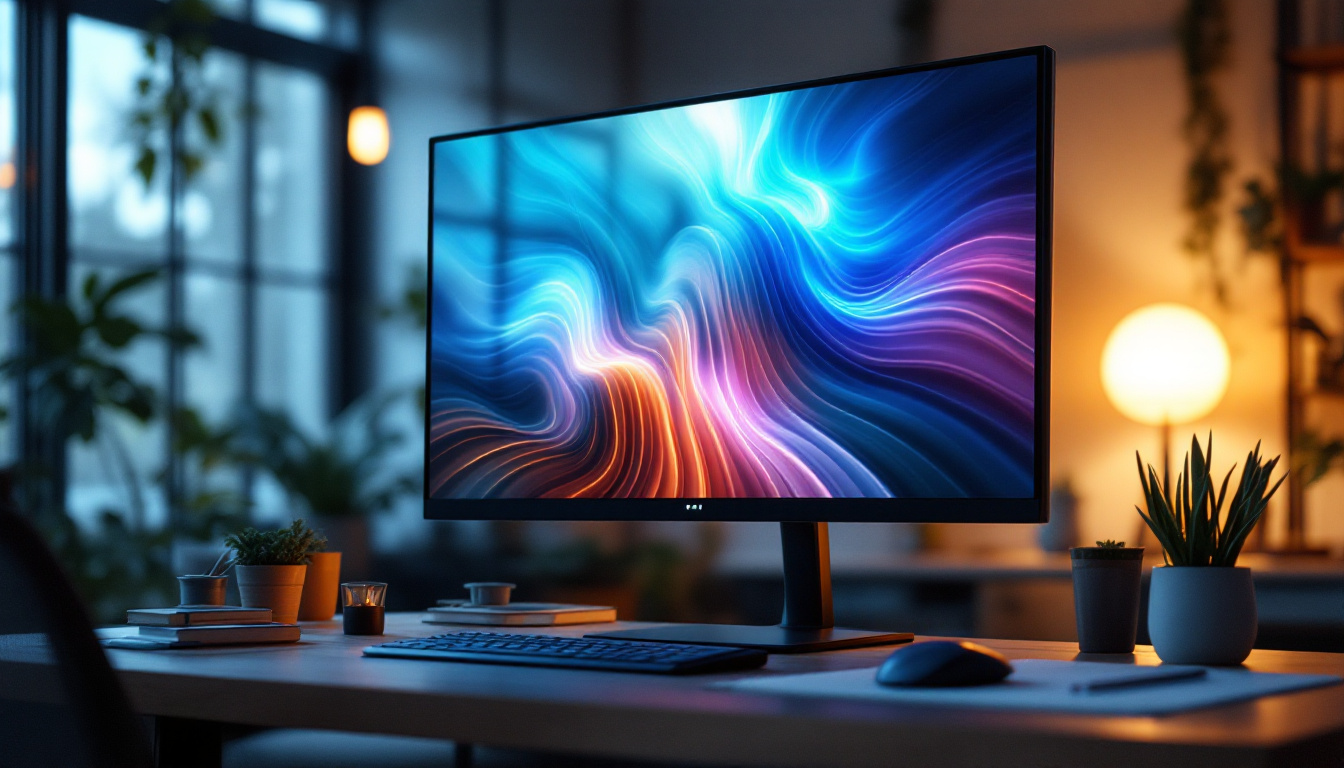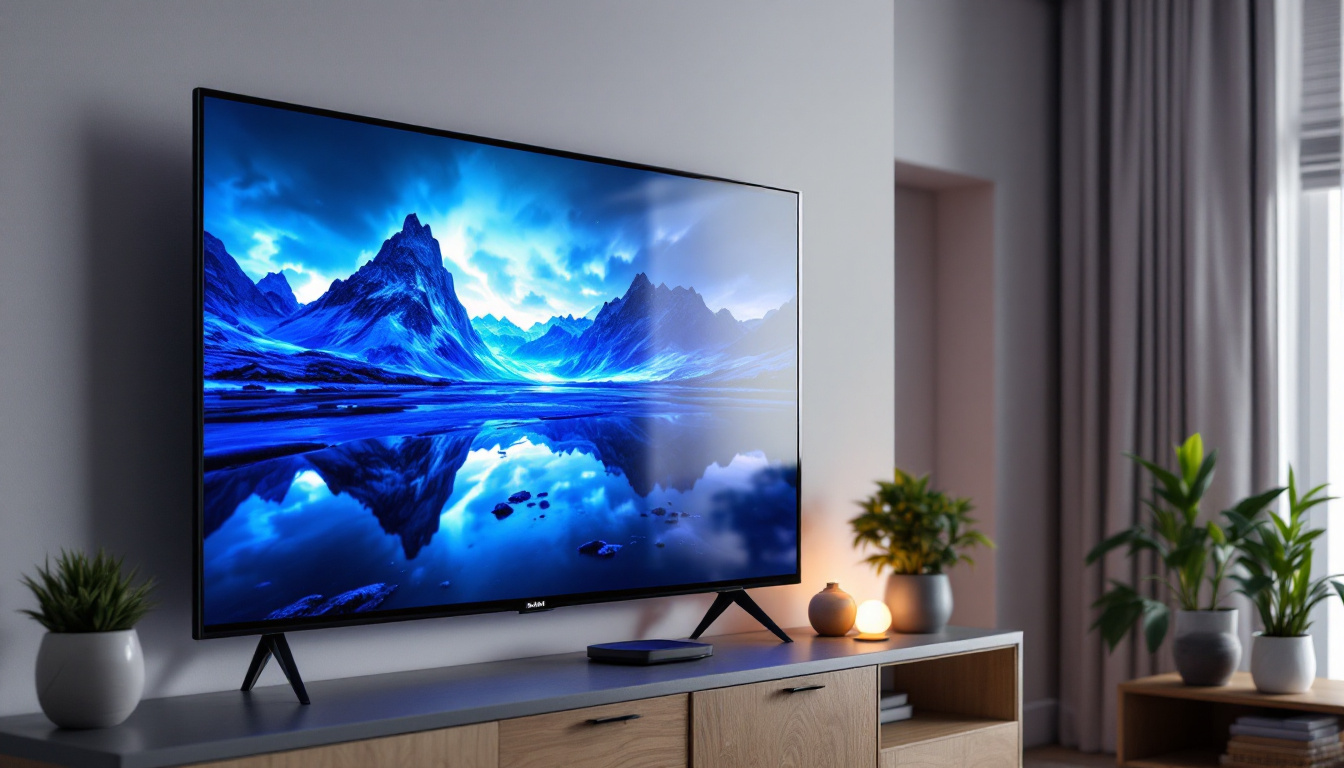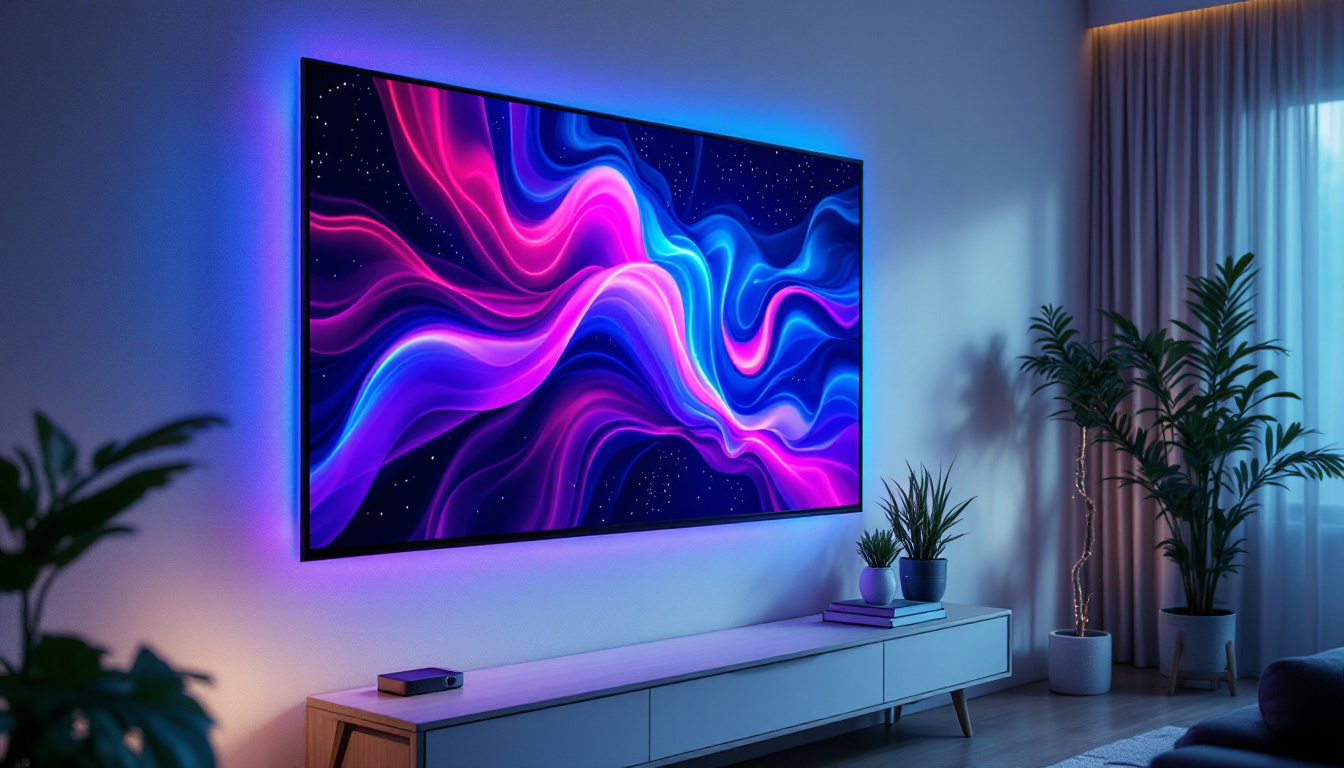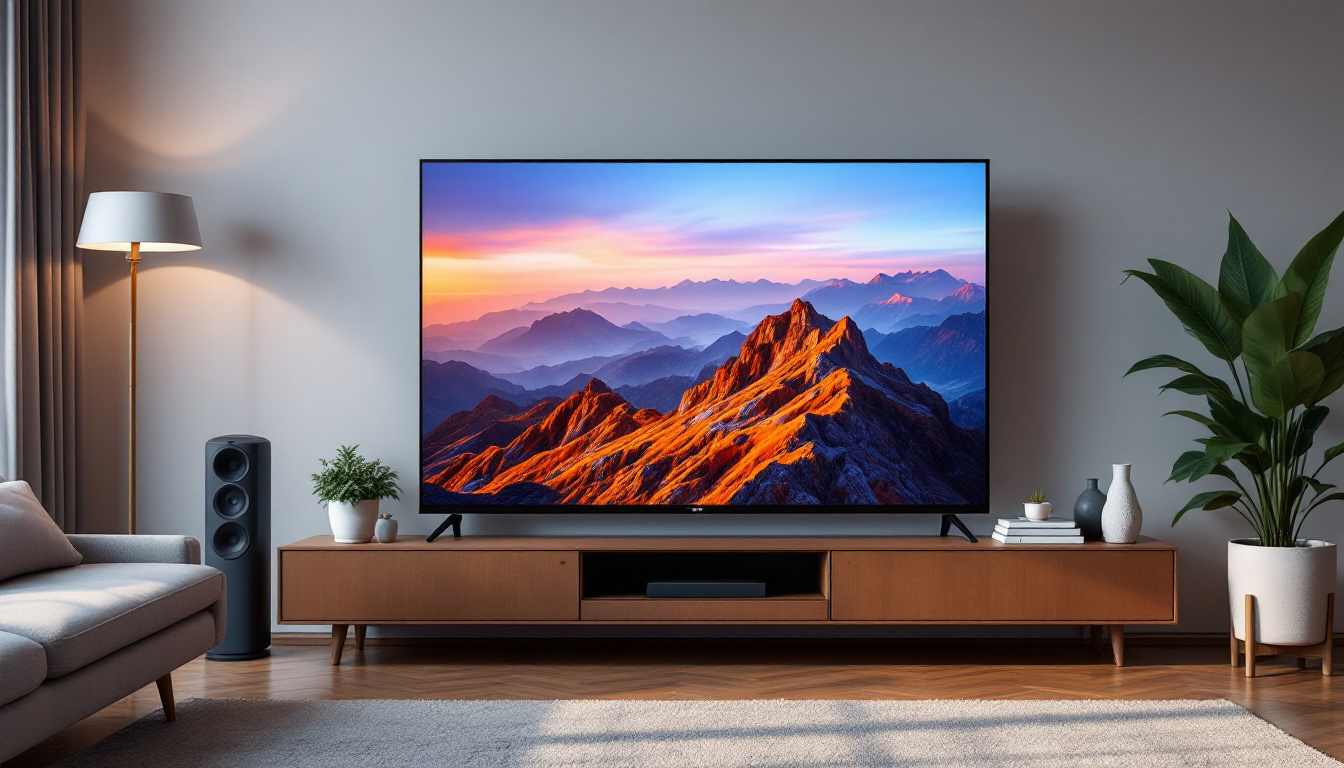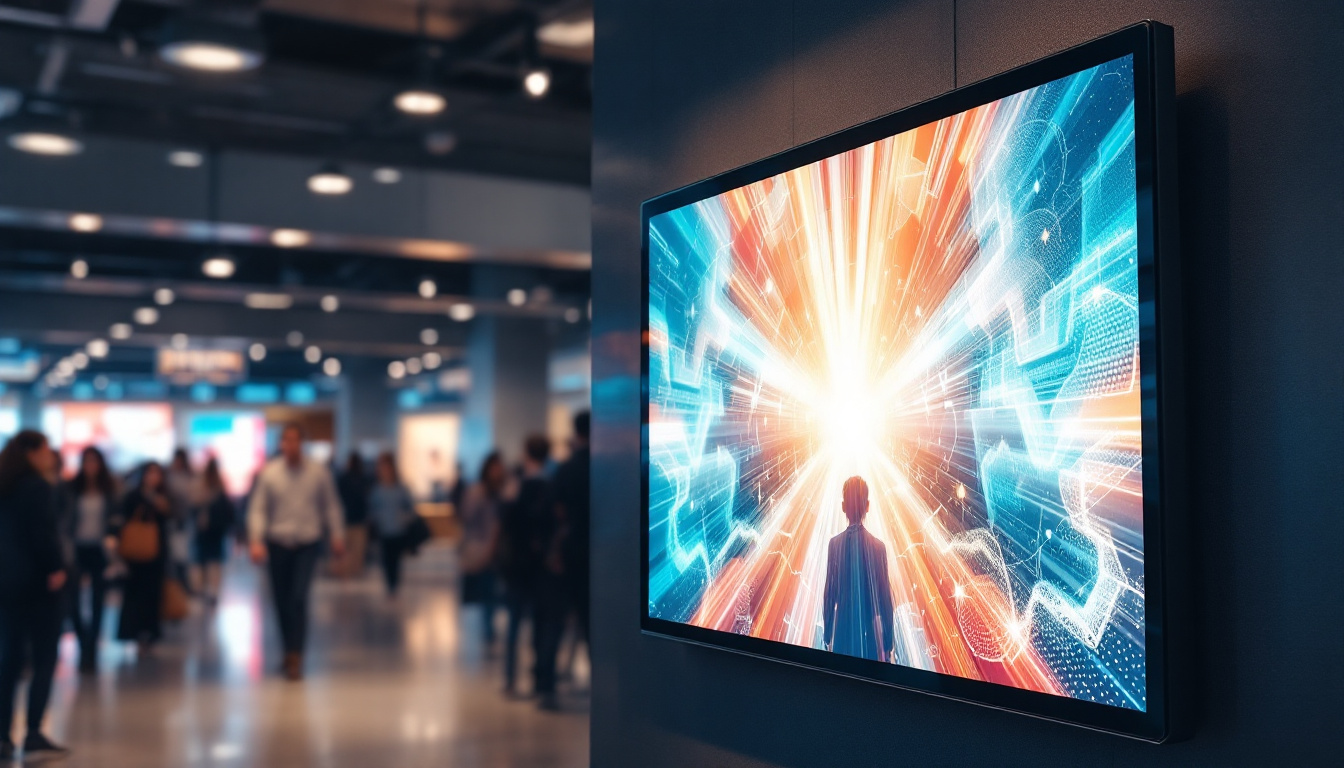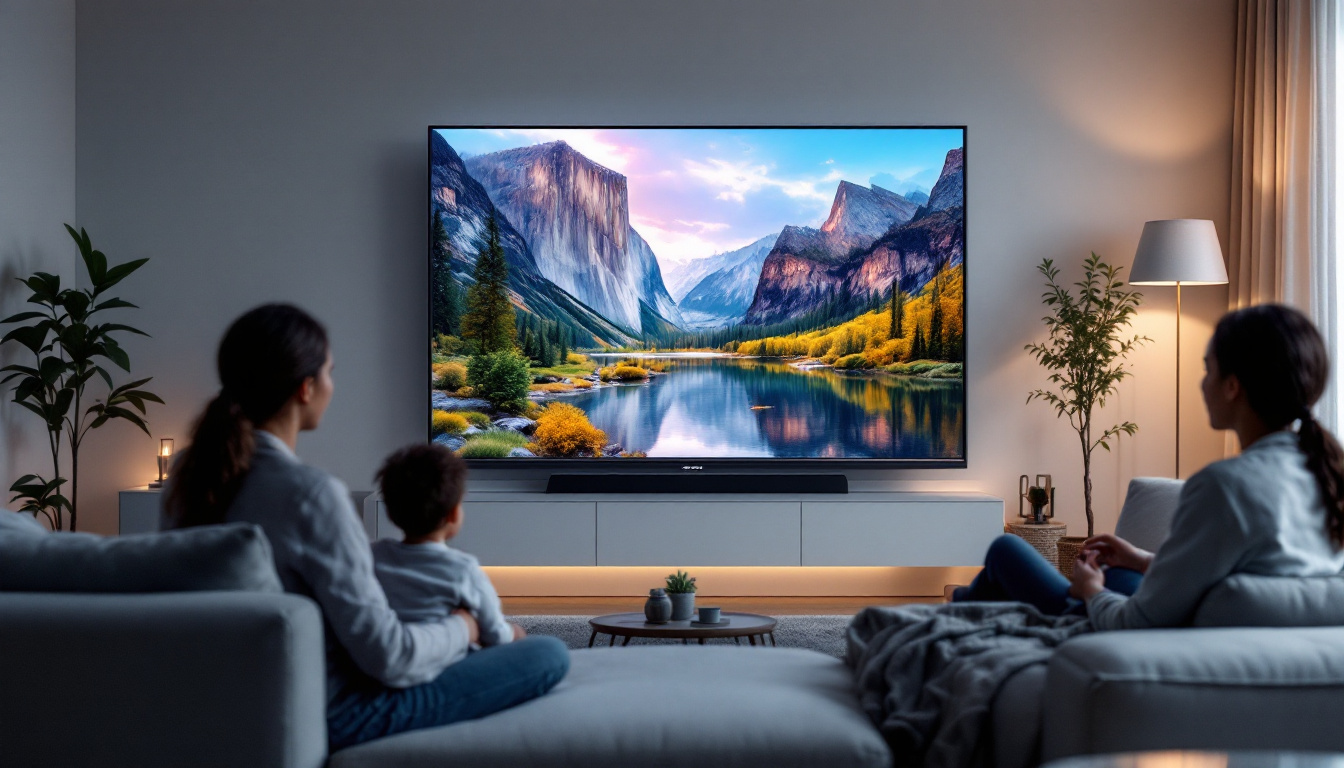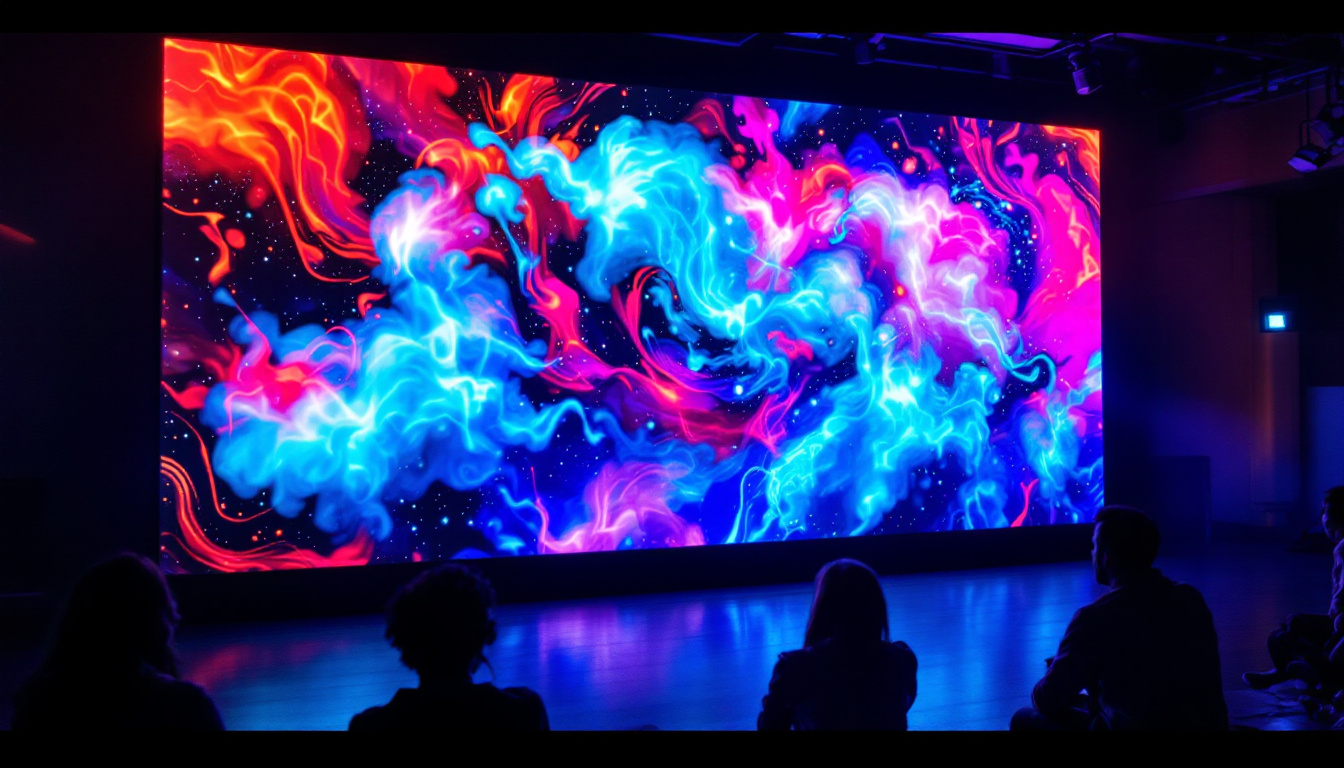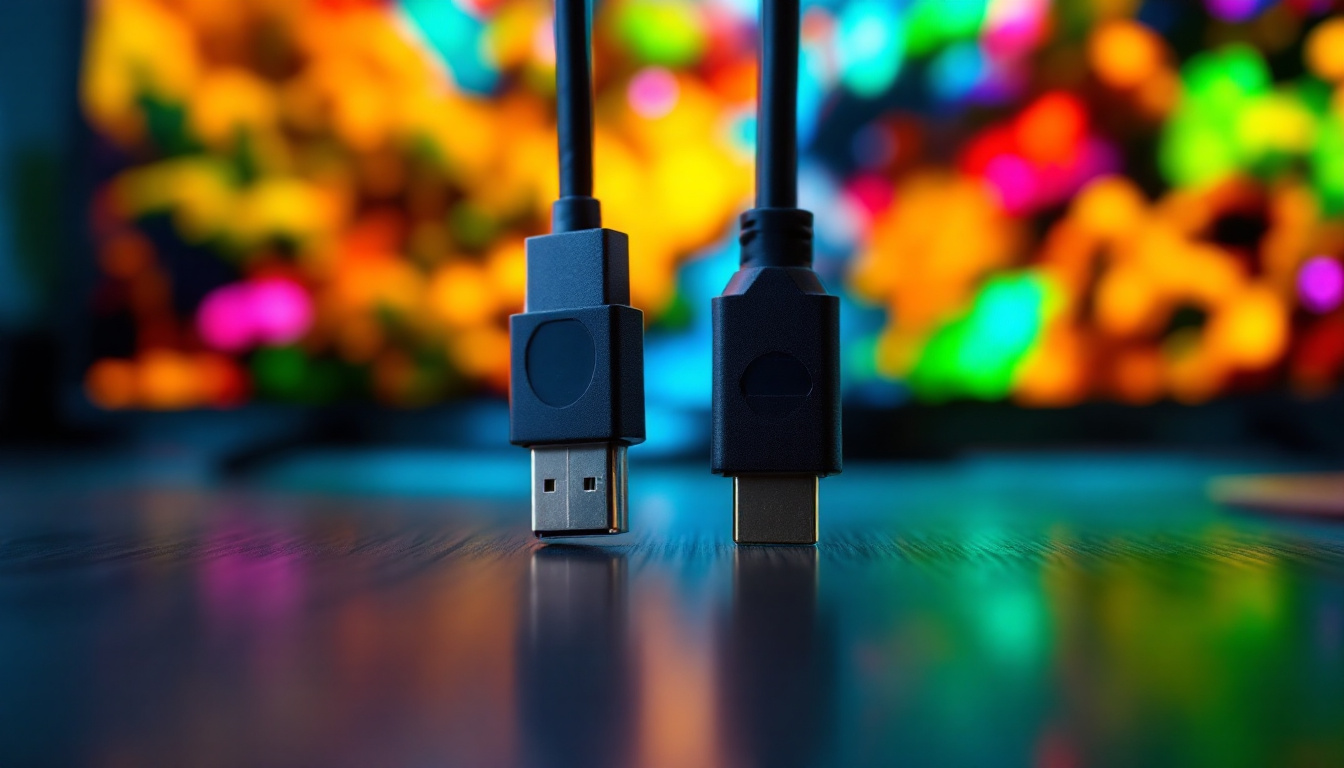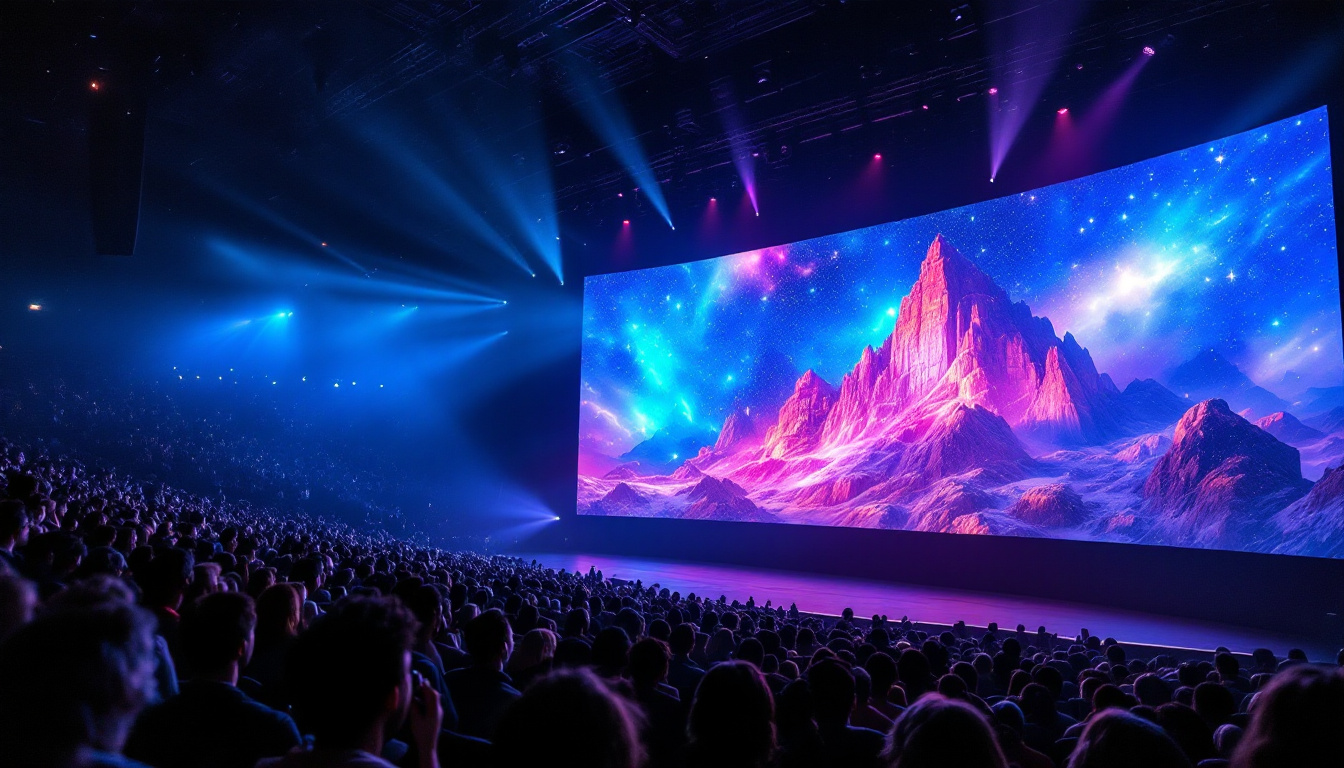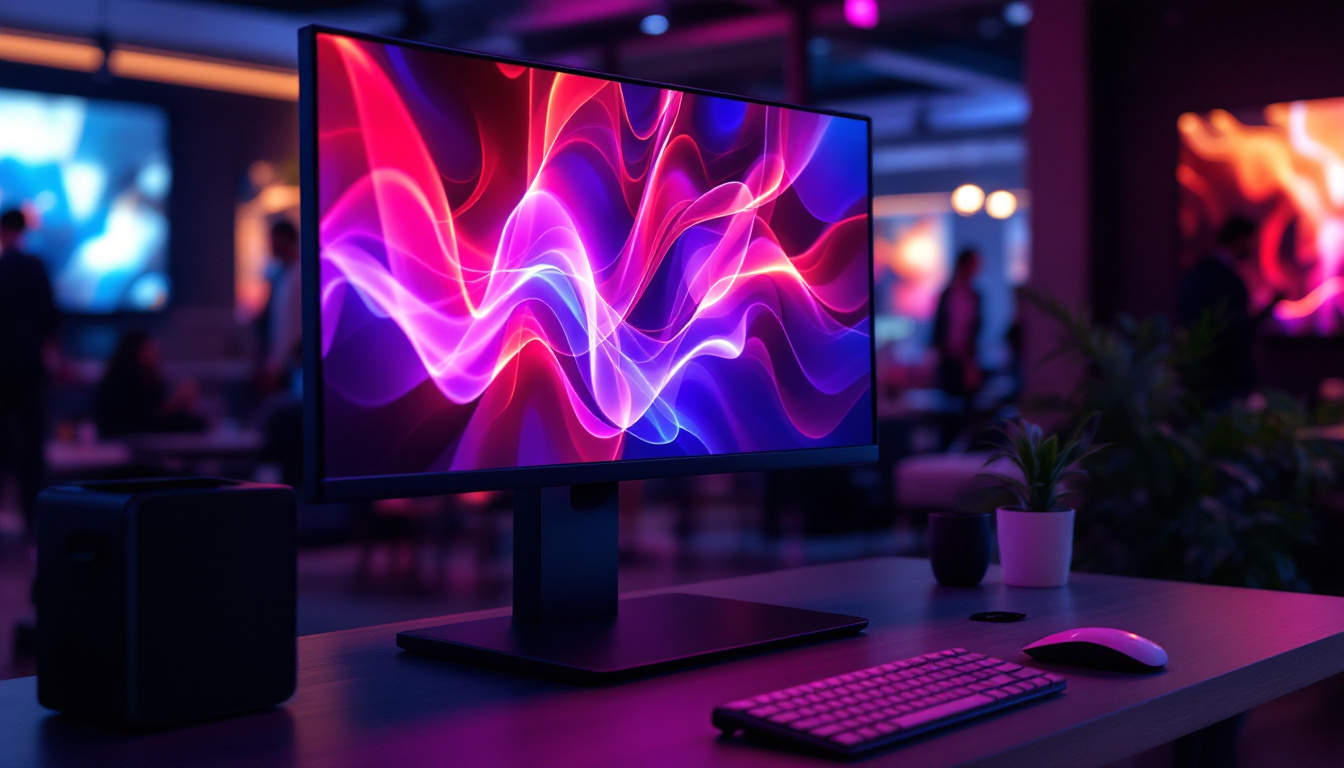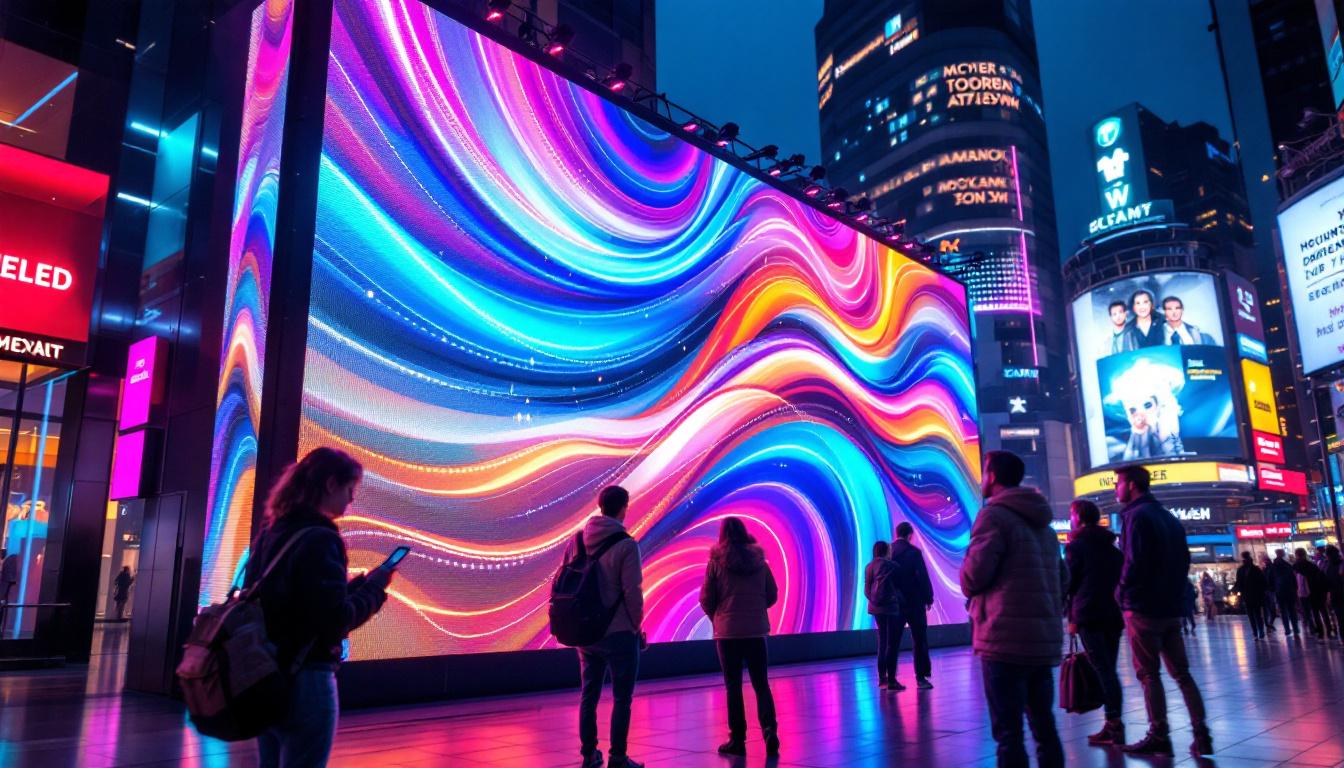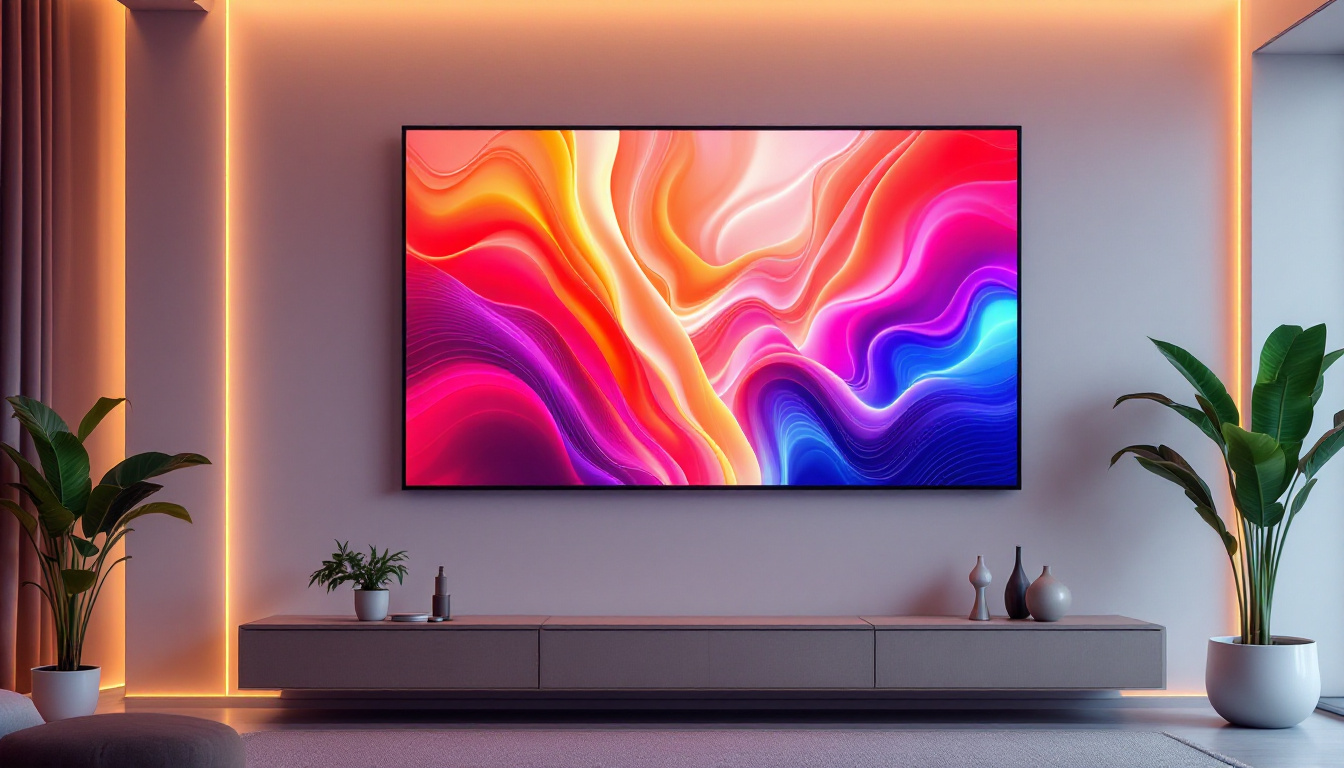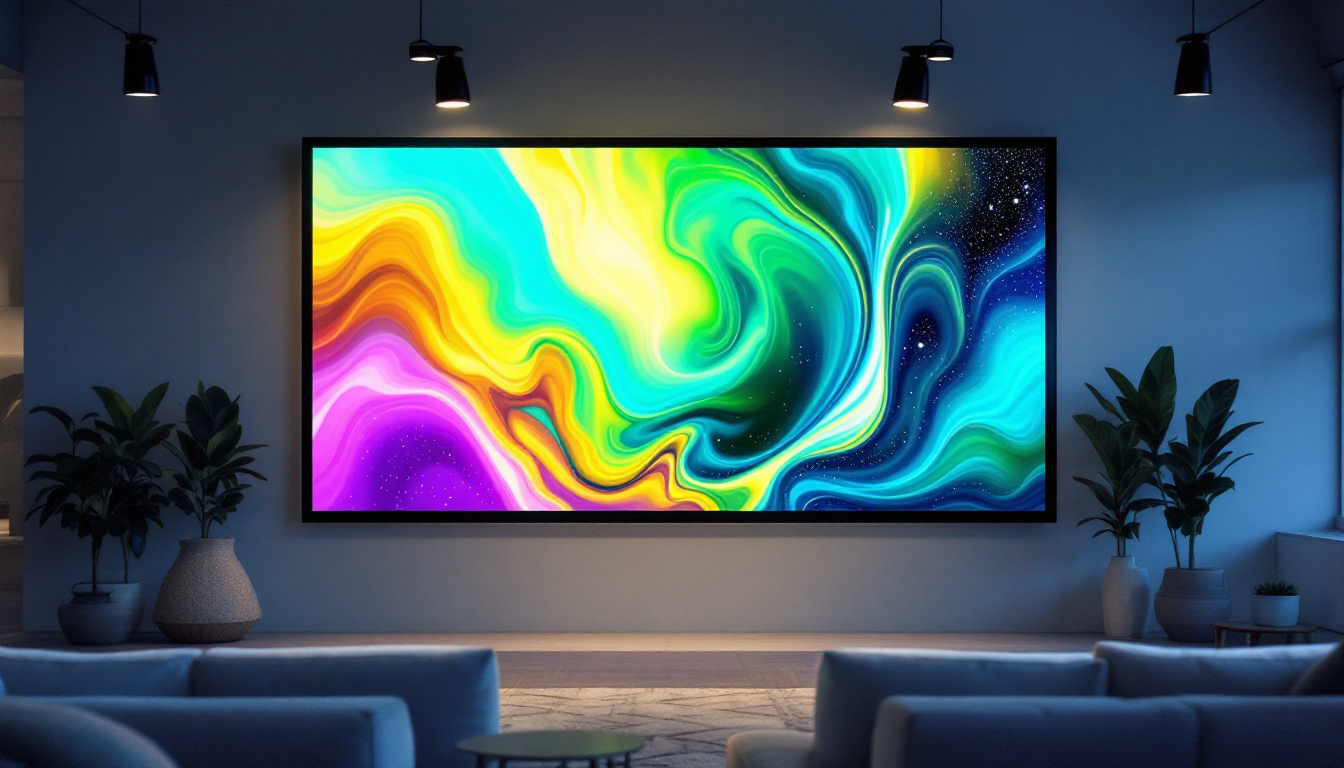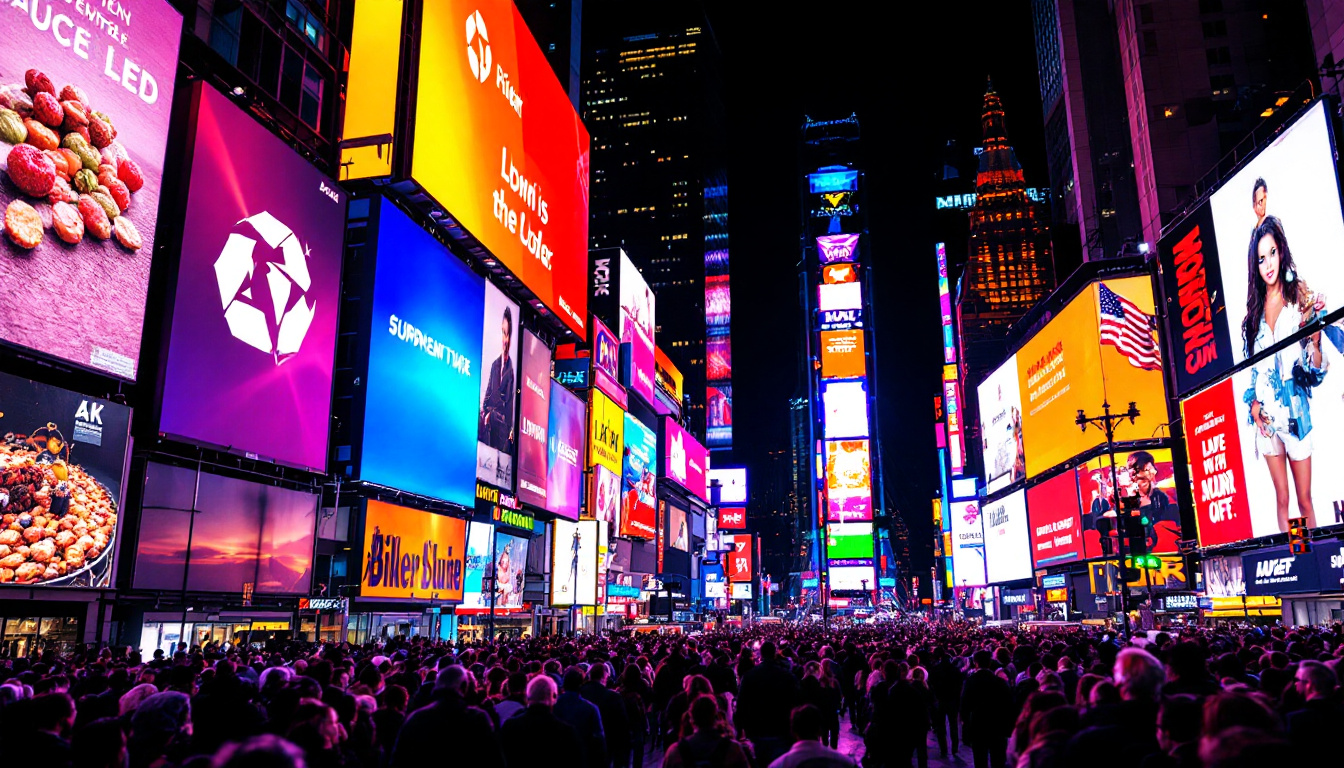In the realm of modern entertainment, wall televisions have become a staple in homes, offices, and public spaces. Among the various technologies available, LED displays stand out for their vibrant colors, energy efficiency, and sleek designs. This article delves into the intricacies of LED displays, exploring their functionality, advantages, and the latest trends in wall television technology.
Understanding LED Technology
What is LED?
LED, or Light Emitting Diode, is a semiconductor device that emits light when an electric current passes through it. This technology has revolutionized the way we view images and videos, providing a brighter, more vivid display compared to traditional LCD screens. LED displays can be found in a variety of applications, from small screens to large wall-mounted televisions.
The core principle of LED technology lies in its ability to produce light more efficiently than conventional bulbs. This efficiency not only enhances the brightness and clarity of the images displayed but also contributes to lower energy consumption, making LED televisions a more environmentally friendly option. Furthermore, the longevity of LED lights, often exceeding 25,000 hours, means that consumers can enjoy high-quality visuals without the frequent need for replacements, thereby reducing waste and maintenance costs.
Types of LED Displays
There are primarily two types of LED displays: edge-lit and backlit. Edge-lit LED displays have LEDs positioned along the edges of the screen, allowing for a thinner design. This type is often more affordable and lightweight, making it a popular choice for wall mounting. However, while they are aesthetically pleasing and easy to install, edge-lit displays may struggle with uniform brightness, particularly in larger screens, which can lead to a less optimal viewing experience in certain lighting conditions.
On the other hand, backlit LED displays feature a grid of LEDs behind the screen, providing more uniform lighting and better contrast. This type is generally preferred by enthusiasts who prioritize image quality, as it offers deeper blacks and a wider color gamut. Additionally, advancements in technology have led to the development of local dimming features in backlit displays, which allow specific areas of the screen to dim while others remain bright, further enhancing the overall picture quality. As a result, backlit LED displays are often favored for home theaters and professional settings where visual fidelity is paramount, showcasing the true potential of LED technology in delivering an immersive viewing experience.
The Advantages of LED Displays
Superior Picture Quality
One of the most compelling reasons to choose an LED display for wall televisions is the superior picture quality. LED technology allows for higher brightness levels and improved color accuracy. This results in more vibrant images that can be viewed comfortably even in well-lit environments.
Furthermore, many LED televisions come equipped with advanced features such as HDR (High Dynamic Range) and 4K resolution, which enhance the viewing experience by providing greater detail and a broader range of colors. These features make LED displays particularly appealing for movie enthusiasts and gamers alike.
Energy Efficiency
In an age where energy consumption is a growing concern, LED displays offer a significant advantage. Compared to traditional LCD or plasma televisions, LED models consume considerably less power. This efficiency not only reduces electricity bills but also contributes to a lower carbon footprint.
Many manufacturers now emphasize energy-saving features in their LED televisions, further enhancing their appeal to eco-conscious consumers. With the ability to deliver high-quality visuals while minimizing energy usage, LED displays represent a smart investment for both the environment and the wallet.
Sleek and Modern Design
The design of LED televisions is another factor that has contributed to their popularity. With thinner profiles and minimal bezels, these televisions can seamlessly integrate into any wall space, creating a modern and sophisticated look. This aesthetic appeal is particularly important in contemporary interior design, where a clutter-free environment is often desired.
Moreover, many LED televisions come with wall-mounting options, allowing for flexible placement and maximizing floor space. This versatility makes them an ideal choice for various settings, from cozy living rooms to expansive conference rooms.
Latest Trends in Wall Television Technology
Smart TV Features
As technology continues to evolve, so do the capabilities of wall televisions. The integration of smart features has transformed LED displays into multifunctional devices. Smart TVs allow users to access streaming services, browse the internet, and connect with other smart home devices, all from the comfort of their couch.
This connectivity has reshaped the way viewers consume content, making it easier to enjoy movies, shows, and games without the need for additional devices. Many smart LED televisions also come with voice control capabilities, enhancing user experience by allowing for hands-free operation.
Curved and Ultra-Wide Displays
Another trend gaining traction in the world of wall televisions is the introduction of curved and ultra-wide displays. These designs create a more immersive viewing experience by wrapping the screen around the viewer’s field of vision. Curved screens can enhance depth perception and reduce glare, making them an attractive option for movie nights or gaming marathons.
Ultra-wide displays, on the other hand, provide a broader aspect ratio, ideal for cinematic experiences. This format is particularly popular among gamers, as it allows for a wider field of view, enhancing gameplay and making it more engaging.
Advancements in Display Technology
The landscape of display technology is ever-changing, with advancements continually emerging. One notable development is MicroLED technology, which promises even better picture quality and energy efficiency than traditional LED displays. MicroLEDs consist of tiny individual LEDs that can be turned on and off independently, resulting in perfect blacks and exceptional contrast ratios.
Additionally, OLED (Organic Light Emitting Diode) technology is also making waves in the market. OLED displays offer unparalleled color accuracy and contrast, as each pixel emits its own light. While OLED televisions are generally more expensive, they provide an option for those seeking the highest quality visual experience.
Choosing the Right LED Television for Your Needs
Screen Size and Viewing Distance
When selecting an LED television for wall mounting, one of the first considerations should be the screen size. The ideal size depends on the viewing distance and the layout of the room. A general rule of thumb is to sit at a distance that is 1.5 to 2.5 times the diagonal size of the screen for optimal viewing.
For example, if the viewing distance is approximately 8 feet, a 55 to 75-inch television would be suitable. It’s important to balance screen size with available wall space to ensure a harmonious fit within the room’s design.
Resolution and Picture Quality
Resolution is another critical factor to consider when choosing an LED television. The most common resolutions available today are Full HD (1080p), 4K (2160p), and even 8K (4320p). While Full HD is still a viable option for smaller screens, 4K has become the standard for larger displays, offering four times the resolution of Full HD.
For those looking for the best picture quality, investing in a 4K or 8K television is advisable, especially if the content being viewed supports these higher resolutions. Additionally, features such as HDR can significantly enhance the viewing experience, providing more detail in both bright and dark scenes.
Connectivity Options
In today’s digital age, connectivity options are essential for a seamless viewing experience. When selecting an LED television, it’s crucial to consider the number and types of ports available. HDMI ports are particularly important for connecting devices such as gaming consoles, Blu-ray players, and sound systems.
Additionally, USB ports can be useful for playing media directly from external drives, while Ethernet and Wi-Fi connectivity enable access to online streaming services. Ensuring that the television has adequate connectivity options will enhance its versatility and usability.
Installation and Maintenance Tips
Proper Wall Mounting
Installing a wall television requires careful consideration to ensure safety and optimal viewing angles. It is advisable to use a high-quality wall mount that can support the weight of the television. Additionally, mounting the television at eye level when seated will provide the best viewing experience.
Before installation, it is essential to locate the studs in the wall for secure mounting. Using a stud finder can help identify the best locations for screws. If unsure about the installation process, hiring a professional can ensure that the television is mounted safely and correctly.
Regular Maintenance
To keep an LED television in optimal condition, regular maintenance is necessary. Dust and dirt can accumulate on the screen and affect picture quality. Using a microfiber cloth to gently wipe the screen can help maintain clarity without scratching the surface.
Additionally, it is important to ensure that the television is kept in a well-ventilated area to prevent overheating. Avoiding exposure to direct sunlight can also help prolong the lifespan of the display, as excessive heat can damage the internal components.
Conclusion
Wall televisions equipped with LED displays offer a perfect blend of technology, design, and functionality. With superior picture quality, energy efficiency, and modern aesthetics, they have become a popular choice for consumers seeking an immersive viewing experience. As technology continues to evolve, the options available for LED televisions will only expand, providing even more exciting features and capabilities.
When choosing the right LED television, it is essential to consider various factors, including screen size, resolution, and connectivity options. Proper installation and maintenance will ensure that the television remains in excellent condition, providing years of entertainment. In a world where visual media plays a significant role in daily life, investing in a high-quality LED display is a decision that promises satisfaction and enjoyment.
Discover the Future of Visual Experience with LumenMatrix
Ready to elevate your viewing experience with the latest in LED display technology? Look no further than LumenMatrix, a pioneer in creating dynamic and immersive visual solutions. From the comfort of your home to the excitement of outdoor events, LumenMatrix offers a wide range of LED display modules tailored to your needs. Whether you’re interested in an Indoor LED Wall Display, a vibrant Outdoor LED Wall Display, or any of our innovative solutions like Vehicle LED Displays and LED Sports Displays, we have you covered. Embrace the future of visual communication and Check out LumenMatrix LED Display Solutions today to see how we can transform your space and captivate your audience.

